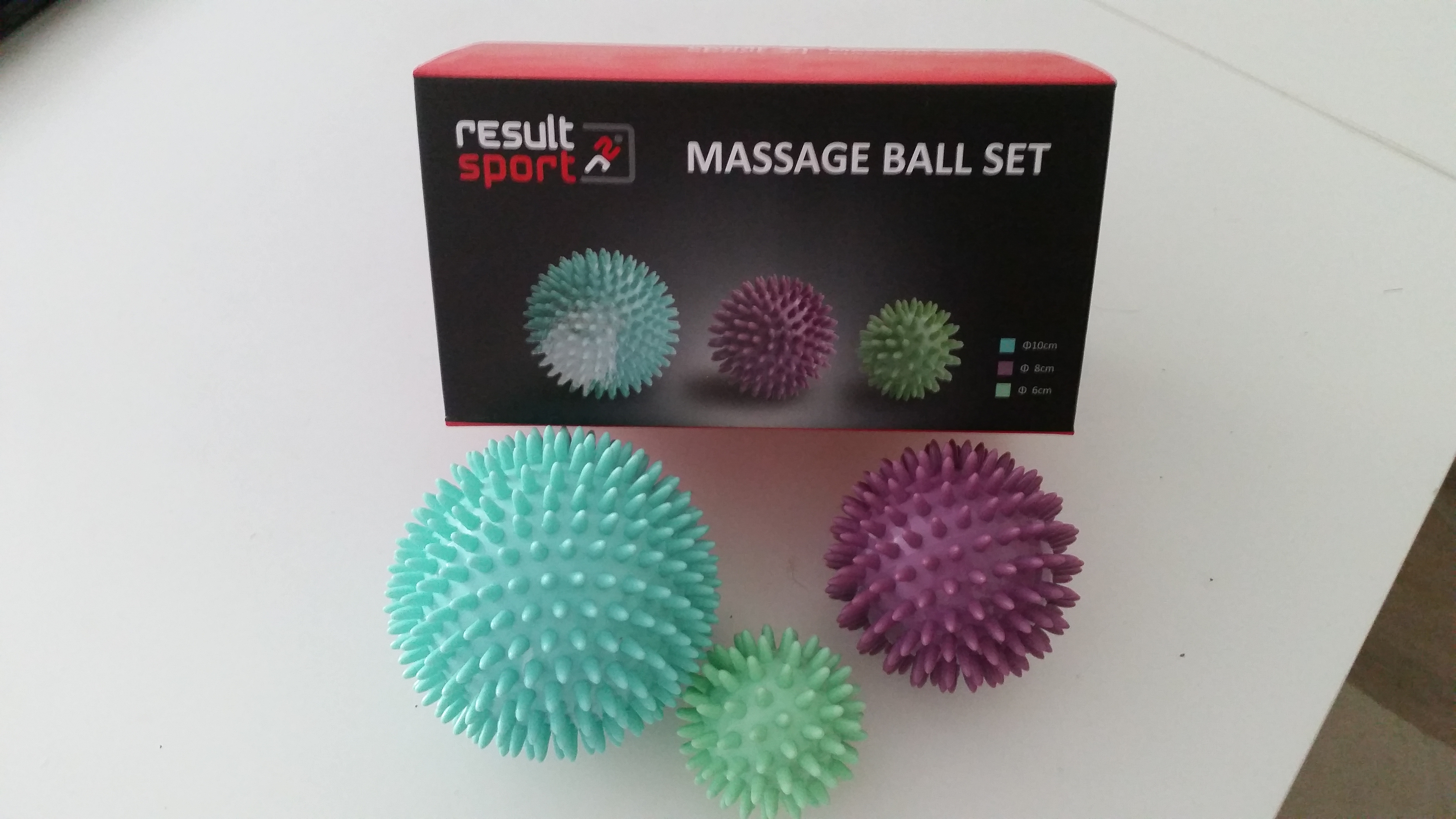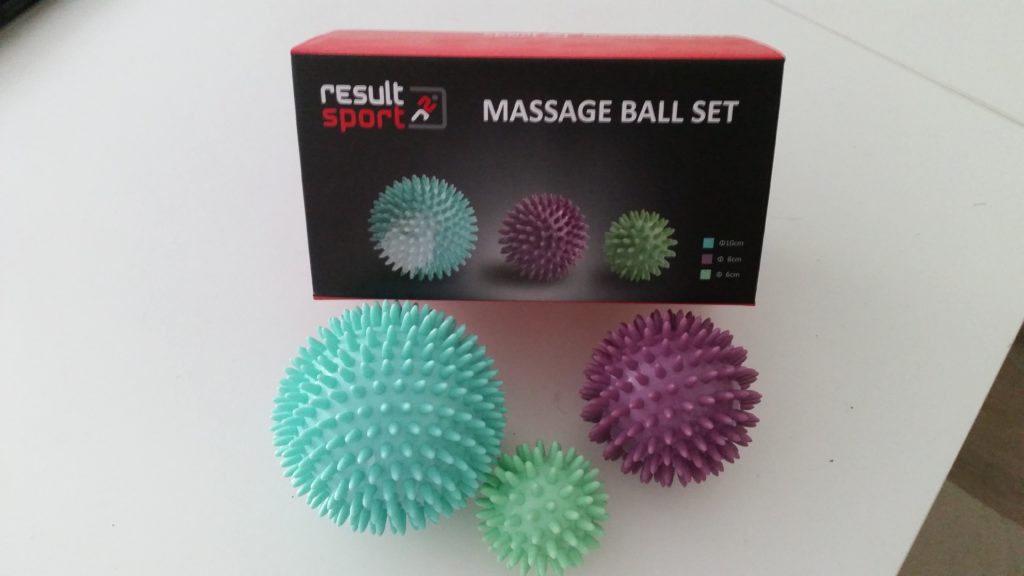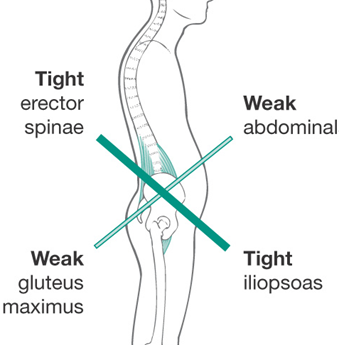So what exactly is osteopathy? What do osteopaths even do?
I don’t know how to answer that because osteopathy is a very varied profession and the best definition for osteopathy that our regulatory body has come up with is that “osteopathy is what an osteopath does”. Great – so when I’m making a cup of tea, I am doing so osteopathically and that mere action, performed by me, is osteopathy.
Great! but that doesn’t answer my question!, you may rightly exclaim so here is what you can expect from an initial session with me:
- Case history. We’ll start by taking a case history, where I’ll ask you to tell me about the symptoms that you’ve come in with (most often this is pain). When did the current problem start? What have you tried for it already (heat? ice? painkillers?)? Medications? Do you have any existing problems (whether this was a prolapsed disc 10 years ago or you were knocked off your bike 10 days ago). What is your current level of activity (and I’m not judging)? What do you do for work (gardening all day, driving all day, etc)? The list goes on.
- Thorough examination. This is the part where you dress down to a pair of shorts or whatever you’re most comfortable with (some patients keep their clothes on) and I examine the problem area as well as the body as a whole. If you’ve come in with a knee problem I’ll be examining both knees, ankles and hips, for example. If you’ve come in with a back problem I’ll be examining the movement of your whole spine, hips, your posture, your muscle tone and quality, and so on.
- We’ll discuss the problem and I will explain to you what I think is going on. I’ll talk to you about how long most people take to heal form this type of injury, what sort of treatments options are available to you (and we’ll be discussing treatment options that I can offer as well as any treatment options that may be available from other practitioners or from your GP). We’ll even discuss whether or not osteopathy can help (sometimes it can’t) and whether I’ll be treating your symptoms (in the case of chronic problems like arthritis) or whether we’re going to be working towards full resolution of symptoms. This will all vary on a case by case basis and depend entirely on what the problem is.
Some problems can take a few session of treatment before any benefit is felt – generally if a problem has persisted for many months or years, it may take longer to respond and vice versa. If you’ve injured yourself because you’ve been performing on stage 3 times a day for 14 days on the trot and this has resulted in an injury or pain – then you can expect for history to repeat itself if you do it all again because of your love of performance arts.
In addition to direct treatment for you, I also offer realistic take-home advice so that you can work at preventing the problem from returning or you at least have a coping strategy if it does return. This may take the form of stretches and exercises to do at home, changing your desk at work so that it is more ergonomically fitted to your body, self-massage with a spikey massage ball which I’ll show you how to use – or anything really.


